Kishiwada Castle: the main castle in Senshu
Osaka Prefecture was once home to a great many castles. Sadly, many of those castles fell long ago, leaving only commemorative markers behind. Currently, there are only three castles in Osaka Pref. Osaka Castle, Ikeda Castle, and Kishiwada Castle. Kishiwada Castle is the only castle in Osaka’s southern Senshu region, and is therefore naturally one of the region’s biggest icons.
The History of Kishiwada Castle
The exact origins of the castle are rather hard to track down, but according to castle records, in 1334 Wada Takaie [和田高家] of the Kusunoki clan built a castle in a place called “Kishi”. Because Kishi is governed by Wada, the name “Kishiwada” [岸和田] gradually evolved.
Kishiwada Castle changed hands many times after the time of Wada Takaie. In the 16th century, Hideyoshi fought against the monks of Negoro-ji Temple in north Wakayama. The monks tried to attack Kishiwada Castle to expand their territory, but Hideyoshi managed to fend them off. After the battle in 1585, Koide Hidemasa [小出秀政], Hideyoshi’s uncle, became the lord of the castle. He then began to expand the castle—it was probably even bigger than the current castle. It was during this time that the town around the castle began to flourish as well.
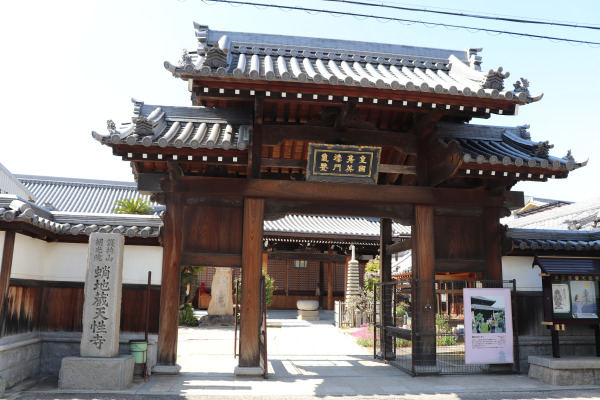
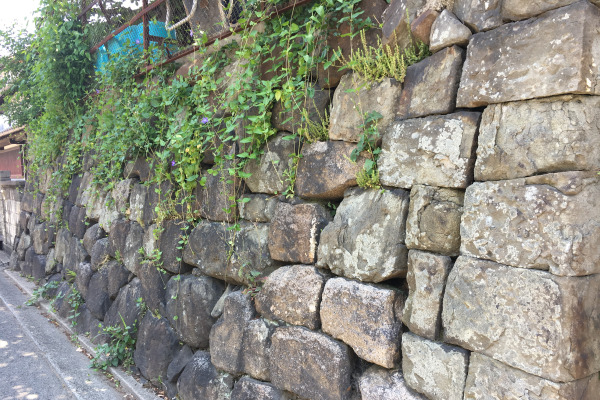
In the early Edo Period, the castle passed in to the hands of the Okabe clan who continued to live in the castle till the end of the Meiji Period. They not only continued to expand and fortify the castle but also started Danjiri festivals and laid the foundations for Kishiwada to become the largest city in Senshu region.

Castle Grounds
Though Kishiwada Castle is not as big as say, Osaka Castle, it still looks very cool. It is only 10 minutes from Kishiwada Station of Nankai main line and nearby the castle runs Kishu Kaido, which was traditionally used to travel between Wakayama and Osaka.
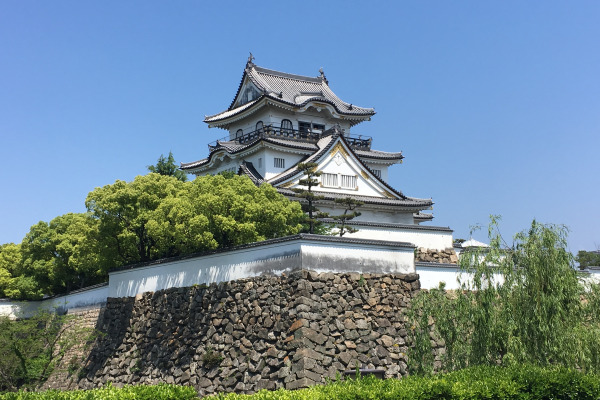
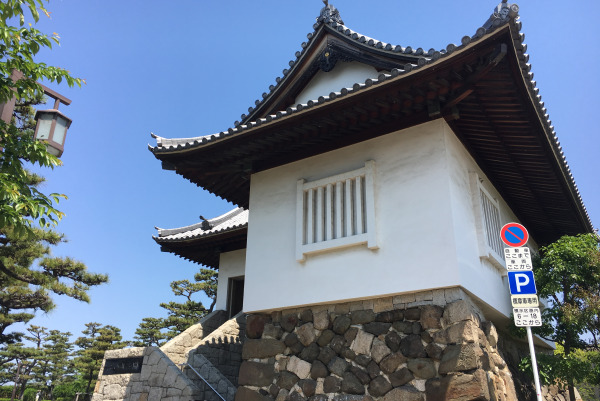

When you walk around the castle, you will see a small strip of lawn around the stone wall of the castle. This is called inubashiri [犬走り], literally meaning a place only big enough for dogs to run. The presence of the inubashiri is very interesting because it makes it easier for enemies to enter the castle.
As a matter of fact, the purpose of the inubashiri is not well understood. The most likely reason probably has something to do with the fact that the rocks that make up the wall are rather fragile and need additional support. In any case, an inubashiri is quite a rare find in a Japanese castle.
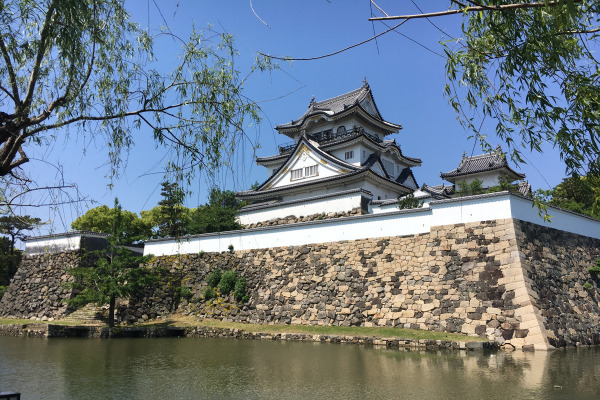
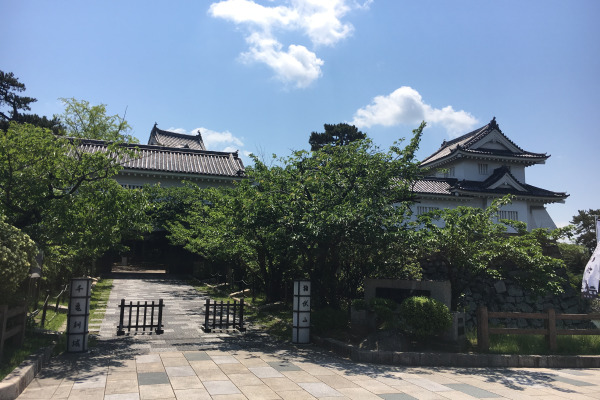
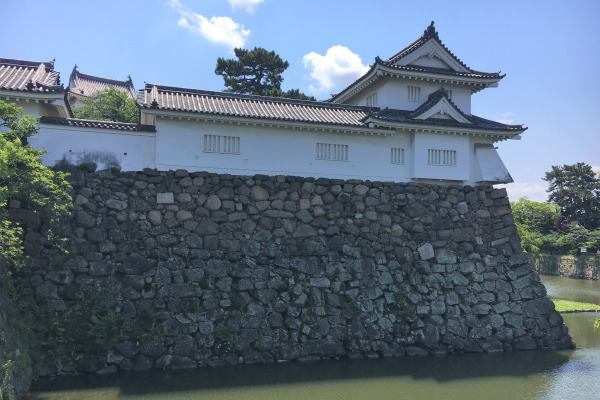
Castle’s Keep
Unfortunately, a fire in 1827 destroyed the castle. In 1954 generous donations from the citizens in Kishiwada made it possible to rebuild the castle. As a result, the castle may be a bit different from what it used to be, though moats and stone walls are from the original castle.
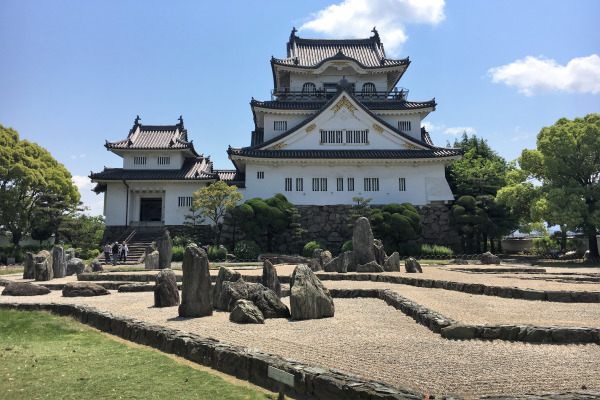
The inside of the castle is a museum that exhibits items related to the Okabe clan. Even if historic stuff isn’t your cup of tea, you might find the various suits of samurai armor on display pretty cool. Once you reach the top floor, you will have a great view of Kishiwada City.
Once you enter the castle, you will see the Hachijin no Niwa Garden, the theme of which is Zhuge Liang’s Eight Tactical Military Formation. The garden was made by the famous Shigemori Mirei.
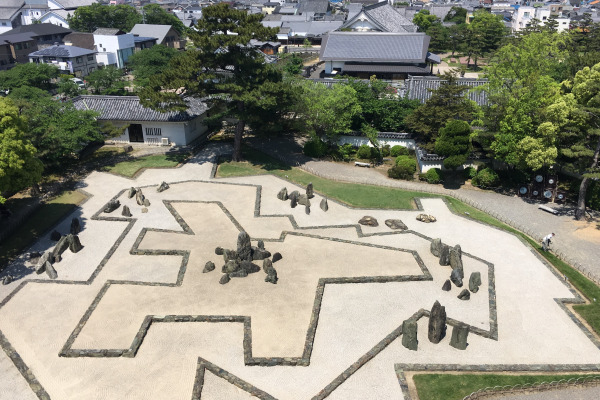
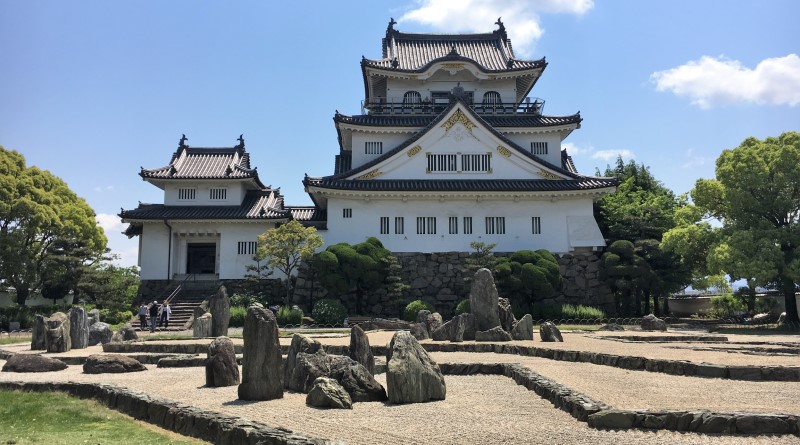
Leave a Reply